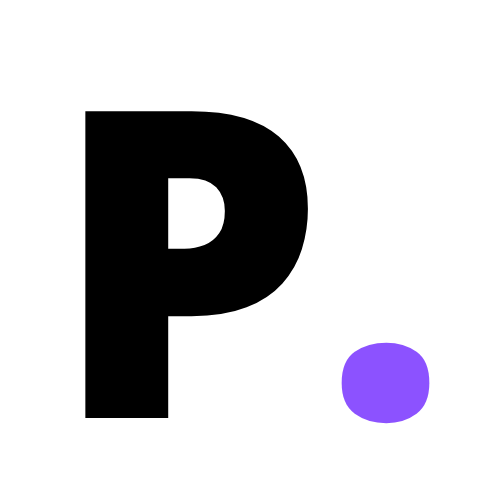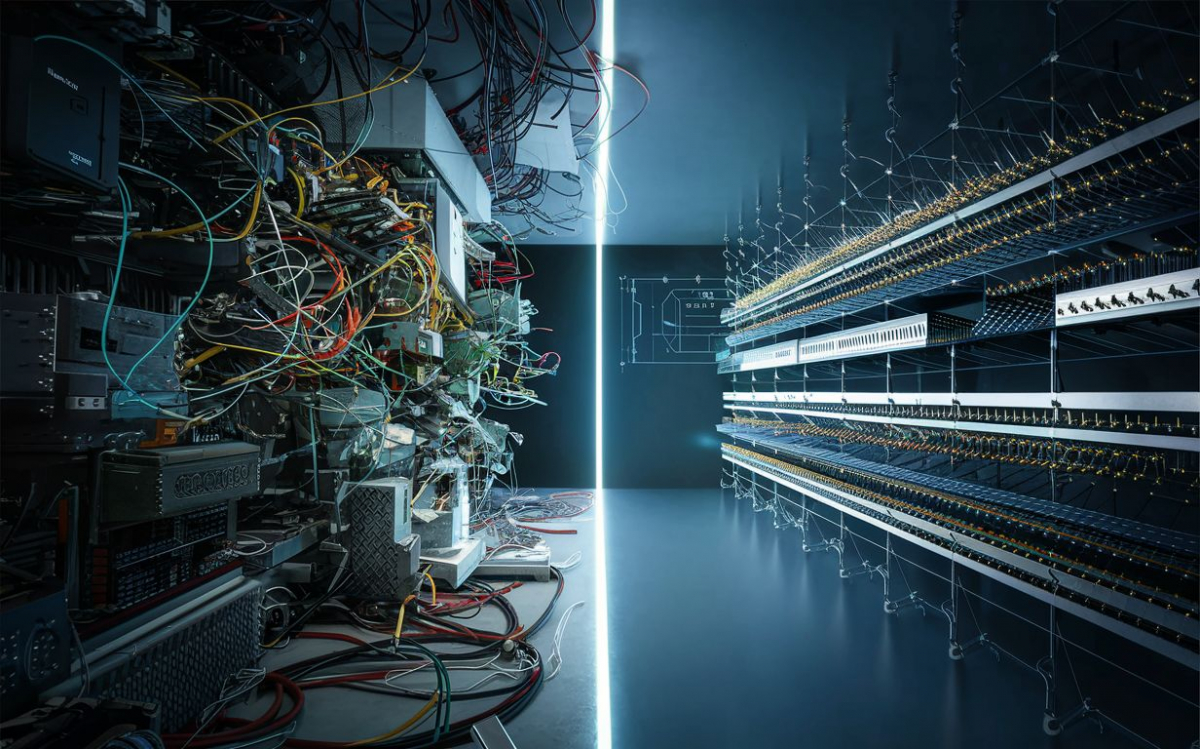The high cost of reactive maintenance in commercial buildings can significantly impact operational budgets and disrupt tenant operations. Unforeseen equipment failures can lead to costly repairs, downtime, and inconvenience for tenants, ultimately affecting their satisfaction and potentially impacting lease renewals. Predictive maintenance, enabled by artificial intelligence (AI), offers a proactive approach to addressing these challenges, minimizing disruptions, and optimizing building performance.
The Problem: The High Cost of Reactive Maintenance
Traditional reactive maintenance relies on addressing equipment failures only after they occur. This reactive approach often leads to:
- Increased repair costs: Addressing issues after they escalate into major breakdowns often necessitates more extensive repairs and replacements, driving up costs significantly.
- Unforeseen downtime: Equipment failures can cause unexpected downtime, disrupting tenant operations and potentially impacting productivity and revenue generation.
- Reduced tenant satisfaction: Disruptions caused by reactive maintenance can negatively impact tenant satisfaction, potentially leading to lease non-renewals and increased vacancy rates.
The Solution: Proactive Maintenance with AI
Predictive maintenance, powered by AI, offers a proactive approach to addressing potential equipment failures before they occur. This is achieved through:
- Sensor data collection: Various sensors are installed throughout the building to collect real-time data on equipment performance, including vibration, temperature, energy consumption, and other relevant parameters.
- Machine learning algorithms: AI algorithms analyze the collected sensor data to identify patterns and anomalies that might indicate potential equipment failures.
- Predictive insights: Based on the analysis, AI models generate predictions about the likelihood and timeframe of potential equipment failures.
Benefits of AI-powered Predictive Maintenance:
- Reduced downtime: By anticipating and addressing potential issues before they escalate into failures, predictive maintenance minimizes unexpected downtime and disruptions to tenant operations.
- Cost savings: Early detection and repair of potential problems prevent costly equipment breakdowns and extensive repairs, leading to significant cost savings in the long run.
- Improved energy efficiency: AI can identify areas for energy optimization within building systems, leading to reduced energy consumption and associated costs.
- Enhanced tenant satisfaction: Proactive maintenance ensures a more reliable and comfortable building environment for tenants, contributing to increased satisfaction and potentially leading to higher lease renewal rates.
Exploring AI Applications in Predictive Maintenance:
AI's potential extends beyond basic predictions, offering various applications for comprehensive predictive maintenance strategies:
- Automated anomaly detection: AI algorithms can continuously monitor sensor data and identify anomalies in real-time, enabling immediate intervention and preventing potential issues from escalating.
- Root cause analysis: AI can analyze historical data and sensor readings to identify the root causes of equipment failures, allowing for targeted maintenance strategies and preventing similar issues in the future.
- Preventative maintenance scheduling: Based on AI predictions and historical data, maintenance tasks can be scheduled proactively, optimizing resource allocation and ensuring timely intervention before equipment failures occur.
- Integration with building automation systems: AI-powered predictive maintenance systems can be integrated with building automation systems to automate various tasks, such as adjusting temperature settings or notifying maintenance personnel of potential issues.
Companies leading the way with AI Predictive Maintenance solutions
1. Hank AI
Hank is an innovative, AI-powered HVAC solution that goes beyond basic optimization. Hank utilizes machine learning and predictive analytics to measure equipment performance and building data to maintain a comfortable and optimal environment for tenants, it's designed to predict potential issues before they snowball into costly repairs. Hank's proactive approach minimizes reliance on external contractors and extends the lifespan of HVAC systems whilst reducing energy consumption by up to 20%. Hank contributes to a preventative maintenance strategy by reducing downtime and helping you to reduce the carbon footprint in commercial your properties.
2. Climalinks
In construction, weather delays can significantly impact timelines and budgets. Proactive AI solutions like ClimaLinks are proving valuable for construction companies and developers looking to optimise their construction timeline and all year round. The Climalinks platform offers a unique blend of weather data and analytics, providing real-time insights and customized risk indices. By leveraging ClimaLinks' Data-as-a-Service (DaaS) and API, construction companies can gain a proactive edge and speed up project delivery by utilising ideal weather condition indicators. They can anticipate weather changes, optimize project schedules based on forecasts, and potentially reduce delays caused by unforeseen conditions.
Challenges and Considerations in Implementing AI for Predictive Maintenance:
While AI offers significant benefits, implementing predictive maintenance solutions in commercial buildings comes with certain challenges:
- Sensor installation and integration: Integrating necessary sensors into existing building infrastructure can require upfront investment and potential disruption to ongoing operations.
- Data quality and security: The accuracy of AI predictions heavily relies on the quality and quantity of data collected from sensors. Ensuring data integrity and implementing robust security measures to protect sensitive information is crucial.
- Expertise and training: Implementing and maintaining AI-powered systems might require specialized expertise and training for property management personnel.
The Future of AI in Predictive Maintenance: A Collaborative Approach
As AI technology continues to evolve, its role in predictive maintenance is expected to become even more prominent. We can anticipate advancements in:
- Self-learning algorithms: AI models will become increasingly adept at learning from data and improving their predictive accuracy over time, requiring less manual intervention.
- Integration with IoT (Internet of Things): Seamless integration with various IoT devices and sensors will enable even more comprehensive data collection and analysis, leading to more sophisticated predictive insights.
- Cloud-based solutions: Cloud-based AI platforms will offer greater accessibility and scalability, making predictive maintenance solutions more accessible to a wider range of building owners and managers.
By embracing AI responsibly, addressing implementation challenges, and fostering collaboration between various stakeholders, CRE (commercial real estate) professionals can leverage the power of predictive maintenance to optimize building operations, minimize costs, and create a more sustainable and efficient future for their properties.


